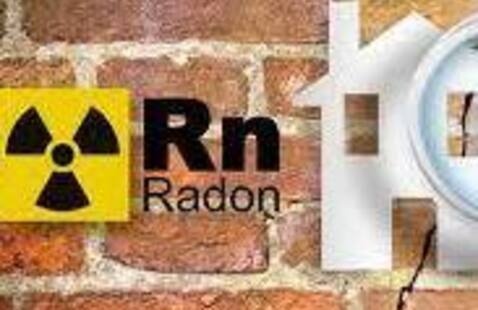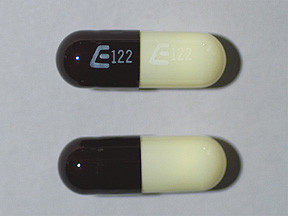Understanding blood pressure in children is a critical aspect of their overall health. Unlike adults, where blood pressure guidelines are straightforward and well-defined, children’s blood pressure is more nuanced due to factors like age, sex, and height. The American Academy of Pediatrics (AAP) provides guidelines to help pediatricians and parents understand what constitutes normal and abnormal blood pressure readings in children.
For a child’s blood pressure to be considered within a healthy range, it must fall below specific percentile values based on their height. The AAP provides detailed tables that list the 50th, 90th, 95th, and 99th percentiles for systolic and diastolic blood pressure in boys and girls. However, interpreting these tables can be complex without a simplified explanation.
Understanding Blood Pressure Percentiles
Blood pressure in children is evaluated based on percentiles, which compare a child’s blood pressure to that of other children of the same sex, age, and height. For example: - A blood pressure at the 50th percentile means that half of children of the same sex, age, and height have a higher blood pressure, and half have a lower blood pressure. - The 90th percentile indicates that only 10% of children of the same characteristics have a higher blood pressure, suggesting a potential issue that warrants further evaluation. - The 95th percentile is often used as a threshold for screening for hypertension in children, as readings above this level may indicate prehypertension or hypertension.
Age-Specific Blood Pressure Ranges
Given the complexity of interpreting blood pressure percentiles based on age, sex, and height, here are simplified guidelines for healthy blood pressure ranges in children at different ages:
Infants (0-12 months): For newborns, a normal systolic blood pressure is typically around 60-80 mmHg. It increases with age, reaching about 80-100 mmHg by 12 months.
Toddlers (1-2 years): Average blood pressure can range from 80-110 mmHg systolic.
Preschoolers (3-5 years): Systolic blood pressure can range from 90-110 mmHg.
School-age children (6-12 years): Blood pressure ranges can vary significantly but generally fall below 110-120 mmHg systolic for most children.
Adolescents (13-18 years): Normal systolic blood pressure typically remains below 120 mmHg, similar to adults, with diastolic below 80 mmHg.
Blood Pressure Ranges by Height Percentile
For children older than 1 year, the AAP recommends using the following blood pressure values corresponding to the 90th and 95th percentiles based on height:
- 90th Percentile: This value varies by height and is considered the threshold for further evaluation due to potential prehypertension.
- 95th Percentile: Readings above this percentile may indicate hypertension and require medical evaluation and possible treatment.
Practical Application for Parents
While understanding these ranges is essential, applying this knowledge practically can be challenging. Here are steps parents can take:
- Regular Check-ups: Ensure your child has regular check-ups with their pediatrician, where blood pressure will be monitored.
- Lifestyle Choices: Encourage a healthy lifestyle, including a balanced diet, regular physical activity, and limited screen time, to help maintain healthy blood pressure.
- Monitor and Record: If your child has been identified as having high blood pressure, work with your pediatrician to monitor and record their blood pressure regularly.
Conclusion
Blood pressure management in children is a nuanced topic that requires careful consideration of age, sex, and height. Understanding what constitutes a healthy blood pressure range for your child and working closely with their healthcare provider can help ensure their cardiovascular health is protected from an early age. Regular monitoring, combined with a healthy lifestyle, can significantly contribute to maintaining healthy blood pressure ranges and reducing the risk of future cardiovascular diseases.
Frequently Asked Questions
What is considered high blood pressure in children?
+High blood pressure in children is typically defined as a systolic or diastolic blood pressure that is at or above the 95th percentile for age, sex, and height. However, readings above the 90th percentile may also prompt further evaluation for prehypertension.
How often should children's blood pressure be checked?
+Blood pressure should be checked at least once during the following ages: 3 years, at the start of middle school and high school, or as advised by your child's healthcare provider. More frequent checks are recommended if your child has a history of high blood pressure or other risk factors.
Can diet impact blood pressure in children?
+Yes, diet plays a crucial role in managing blood pressure in children. Encouraging a diet rich in fruits, vegetables, whole grains, lean proteins, and low-fat dairy products can help maintain healthy blood pressure levels. Limiting sodium intake and sugary drinks is also recommended.
By recognizing the importance of blood pressure monitoring in children and adopting healthy lifestyle habits, parents and caregivers can play a vital role in ensuring the long-term health and well-being of their children.


